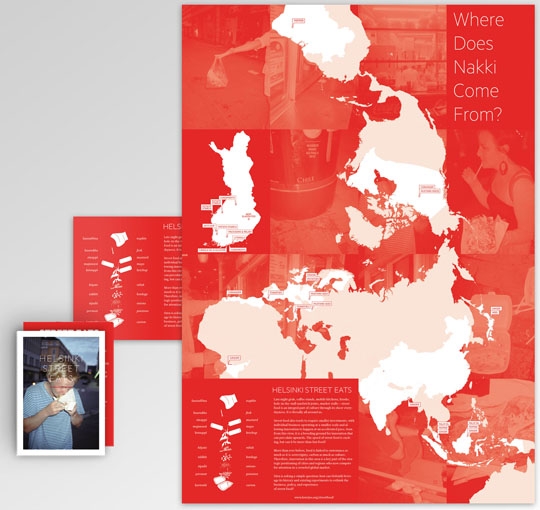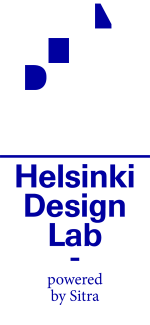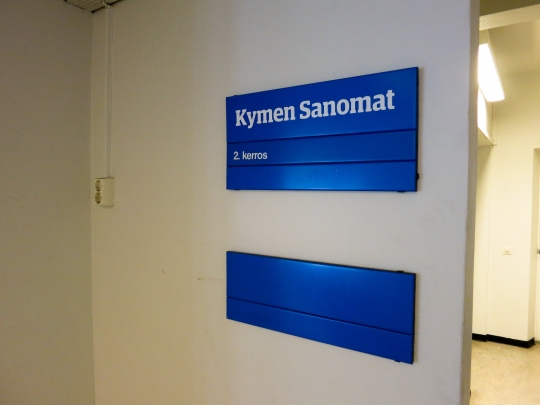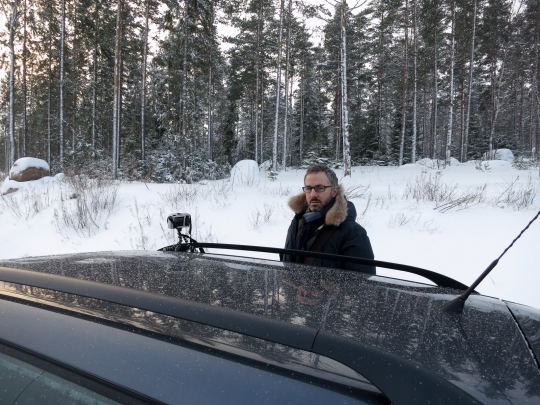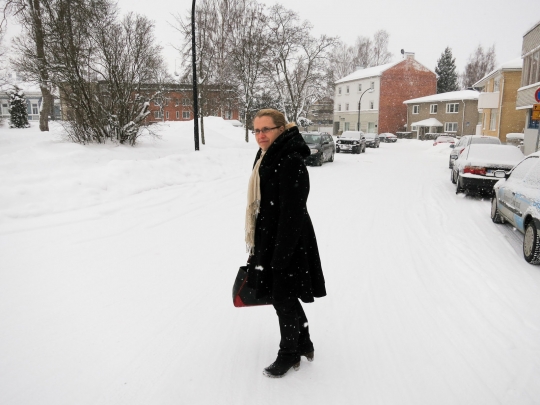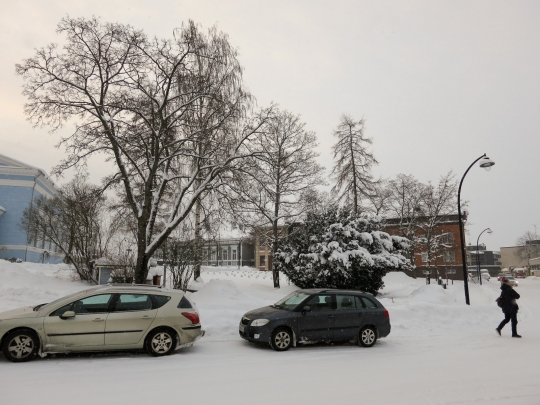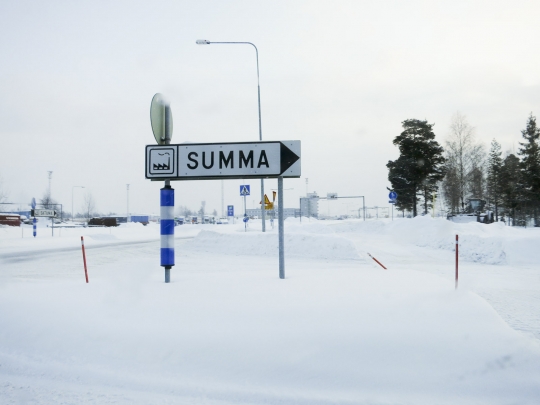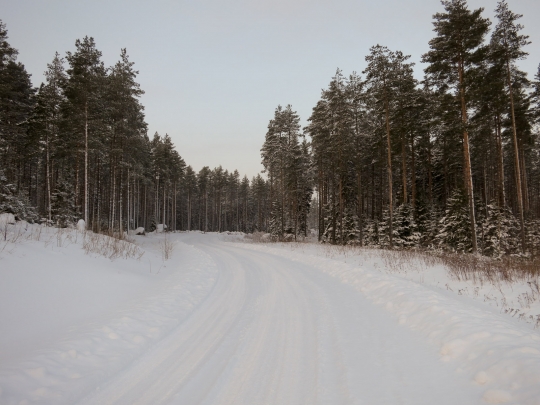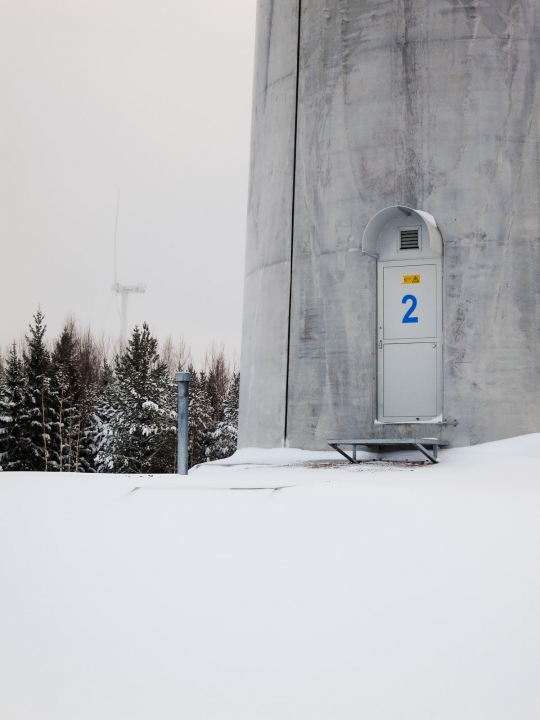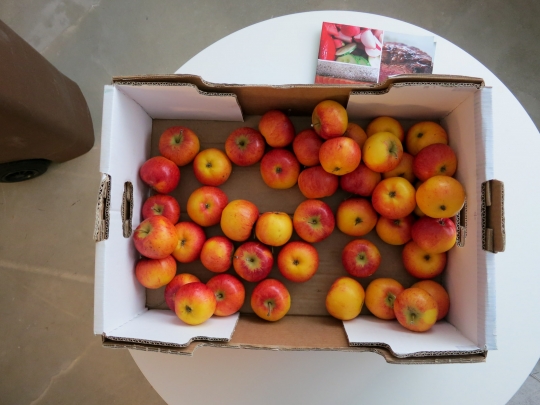Three polite words that begin with F: frozen (temperatures), and freedom (from fossil fuels), and food. Let's see how these unpack.
Now that winter has set in, we are regularly experiencing temperatures in the range of -10º celsius. This makes for treacherous sidewalks but otherwise adds lots to the quality of life in the city: cross country skiing, sledding, new things on the ice, and plenty of light reflecting off the snow.
Recently Dan, our colleague Karoliina, Nina the intrepid interpreter, and myself spent a day in Hamina where it was also very frozen. Located 1.5 hours east of Helsinki, Hamina used to have two industries: a port and the paper mill but the later closed down in 2008.
Luckily for them, the mill premises found a new tenant who values cheap energy and the location's essentially limitless supply of cool Baltic water: Google purchased the property in 2009 and set up a data centre shortly thereafter.
Although the Google story is interesting, it's not the core of why we went to Hamina. We were there to learn about the way that the city has successfully fostered green energy, both as an energy source and as an industry. Early indicators point to Hamina as a positive example of how a community de-industralizes itself with as little long-term pain as possible. They paid attention to larger structural changes in Finland's economy and reacted decisively to find a new way forward. Google's data centre was one positive outcome, and the other is WinWind who manufacture wind turbines. In parallel with these new developments in the local economy, Hamina's municipally owned energy company also courageously set up a modest wind farm.
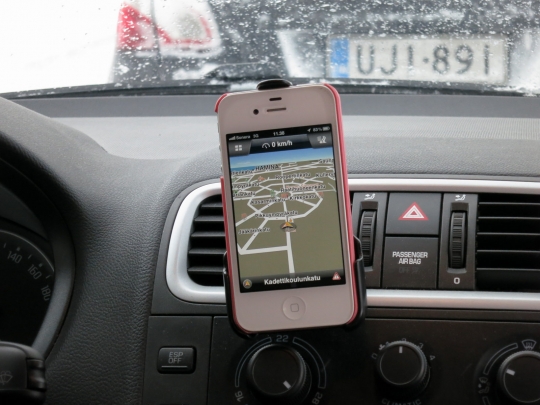
Hamina is known for having a circular town center
We wanted to understand how this happened. How does a community make decisions about its future? Or in other terms: how do communities make shared decisions from a shared value perspective?
Shared decisions are those which are bigger than any one person. Things like building a new road or rail, cordoning off a nature reserve, or passing a law. And shared value is measured in financial as well as social and ecological capital. Although the term is borrowed most recently from Michael Porter, the basic concept is by now quite generic—you might even argue that figuring out shared value is the challenge which underlays all others.
Our trip to Hamina was the first bit of research into this. How did they get the idea to build a wind farm? And how did it get negotiated in real space, with real euros, real local politics, and real personal opinions? How did Hamina decide to open its port area to new industries? How did Hamina propose for itself a new future?
In the coming weeks and months we'll be visiting other communities that have made—or failed to make—shared decisions as we try to better understand how we might help these processes flow more easily and productively.
One of the areas of focus is a phenomena called Not In My Back Yard (NIMBY) and how we might crack open more opportunity for Please In My Back Yard. In essence, we're interested in how communities balance the right to express negative opinions with the civic obligation of participation in the public realm, in local economies, in politics, in society. So how do we make it more meaningful and easier for people to engage in shared decisions? That's what we'll be focusing on in the area of work we've been calling Brickstarter internally.
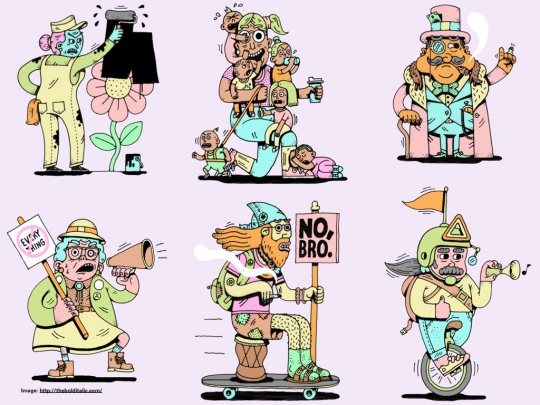
A collection of NIMBY archetypes by Miquel Hudin drawn by Loren Purcell
Justin, Marco, and Johanna spent most of Friday in Lahti working with the city planning department there as part of our Design Exchange Programme. Things there are off to a good start with an ambitious timeline. We are also working on a new website for the exhange participants to share their experiences regularly.
Internally at Sitra we continue apace with work on tools, systems, working culture, and spatial resources. The first three involve lots of meetings in conference rooms, the latter involved one meeting in a design studio. It's also worth noting that there's a new Sitra.fi website!
Dan was over in London this weekend giving a presentation at The Design of Understanding. It's a safe bet that you can expect a write-up of some 10,000± words from him in the nearish future.
As always, an update on the food work. We spent a bit of time in Tukkutori with Elina and Ville, sharing notes on what we're up to and the same from them. Tukkutori is Helsinki's wholesale market and will be opening to consumers in the fall. Lots of exciting stuff planned there and we're seeing how we might be invovled, particularly with an eye towards strengthening the pathways for good ideas to grow up to be good businesses and good regulations and policy.
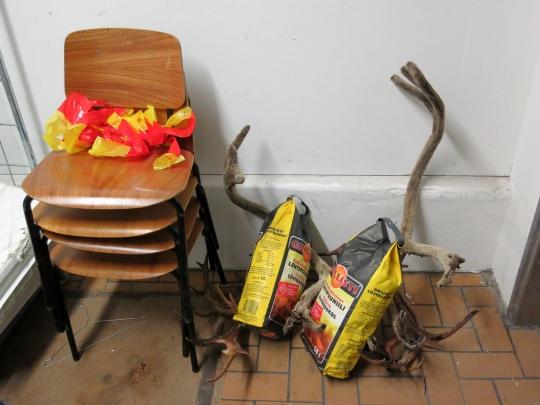
You never know what you're going to find in Tukkutori
And yes, some mockups for print. The food booklet we're working on may or may not come with a poster.
